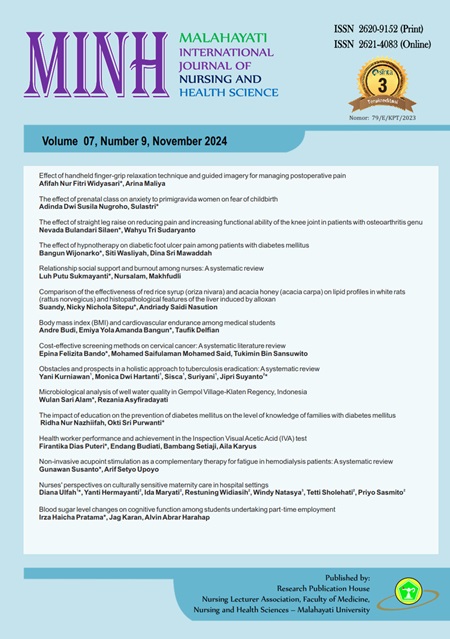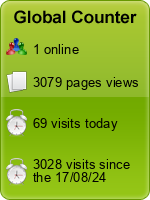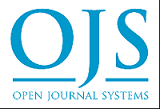Blood sugar level changes on cognitive function among students undertaking part‐time employment
DOI:
https://doi.org/10.33024/minh.v7i9.718Keywords:
Blood Glucose Levels, Cognitive Function, Digit Symbol Substitution Test, Part-Time Work, StudentsAbstract
Background: Part-time work among students has become a common phenomenon in higher education, often driven by financial constraints, daily needs, and the desire for independence. However, the integration of work and study can pose significant challenges, particularly concerning the heavy workload of assignments and potential health risks. Cognitive functions, which include attention, memory, language, and visuospatial skills, can be affected by various factors, including health disorders such as hyperglycemia. Hyperglycemia, or high blood glucose levels, is often associated with a decline in cognitive function. In Indonesia, the prevalence of hyperglycemia is increasing, with the highest undiagnosed rates in the age group 17-29 years.
Purpose: To analyze the relationship between blood glucose levels and cognitive function among students undertaking part-time employment.
Method: Applying an observational analytical approach with a cross-sectional design. The sample comprised 100 part-time students from the Management Study Program at the Faculty of Economics, Prima Indonesia University. Data collection was carried out using observation sheets, and the Spearman Rank Correlation test was applied for analysis.
Results: Most respondents were 18 years old (45%), with males comprising 55% of the sample. A majority (53%) had been working part-time for less than three months, while 47% had worked for over three months. Blood glucose levels, assessed using a glucometer, ranged from 66 to 217, with a median of 96. Cognitive function, evaluated through the Digit Symbol Substitution Test (DSST), showed scores ranging from 17 to 53, with a median of 38.
Conclusion: There is a significant relationship between cognitive function and blood glucose levels among part-time working students.
References
Alvionita, W. A., Windrayadi, Y. D. P., & Purwanto, H. (2022). Pengaruh Kerja Part-Time dan Aktivitas Belajar Terhadap Prestasi Akademik Mahasiswa Pendidikan Ekonomi Universitas PGRI Ronggolawe Tuban. OPORTUNITAS: Jurnal Pendidikan Ekonomi, Manajemen, Kewirausahaan dan Koperasi, 3(02), 62-67.
Amin, N. F., Garancang, S., & Abunawas, K. (2023). Konsep umum populasi dan sampel dalam penelitian. Pilar, 14(1), 15-31. Retrieved from: https://journal.unismuh.ac.id/index.php/pilar/article/view/10624/5947
Apriliandri, F., Citrawati, M., & Ariadno, E. (2021). Hubungan Kadar Glukosa Darah dan Kadar Hba1c dengan Status Fungsi Kognitif Pasien Diabetes Mellitus Tipe 2 Di Rumah Sakit Marinir Cilandak Tahun 2019. Medika Respati: Jurnal Ilmiah Kesehatan, 16(1), 13-22.
Arif, M., Rosni, R., Nurman, A., Soedirman, Z., & Cimita, A. (2023). Analysis of the ınfluence of part-time work on student learning Activities. Jurnal Geografı, 15(1), 26-31. Retrieved from: https://jurnal.unimed.ac.id/2012/index.php/geo/article/view/36993
Bohari, B., Nuryani, N., Abdullah, R., Amaliah, L., & Hafid, F. (2021). Hubungan aktivitas fisik dan obesitas sentral dengan hiperglikemia wanita dewasa: Cross-sectional study. AcTion: Aceh Nutrition Journal, 6(2), 199-206.
Cai, Y. H., Wang, Z., Feng, L. Y., & Ni, G. X. (2022). Effect of exercise on the cognitive function of older patients with type 2 diabetes mellitus: a systematic review and meta-analysis. Frontiers in Human Neuroscience, 16, 876935.
Chen, Y., Pan, Y., Kang, S., Lu, J., Tan, X., Liang, Y., & Qiu, S. (2021). Identifying type 2 diabetic brains by investigating disease-related structural changes in magnetic resonance imaging. Frontiers in Neuroscience, 15, 728874.
Fahmi, N. F., Firdaus, N., & Putri, N. (2020). Pengaruh Waktu Penundaan Terhadap Kadar Glukosa Darah Sewaktu Dengan Metode Poct Pada Mahasiswa. Jurnal Nursing Update, 11(2), 1-11. Retrieved from: https://www.semanticscholar.org/paper/PENGARUH-WAKTU-PENUNDAAN-TERHADAP-KADAR-GLUKOSA-Fahmi-Firdaus/cdb4338d4c05014273ea0b496c73a2d7e5ff4efb?utm_source=direct_link
Firmansyah, D. (2022). Teknik pengambilan sampel umum dalam metodologi penelitian: Literature review. Jurnal Ilmiah Pendidikan Holistik (JIPH), 1(2), 85-114.
Gupta, M., Pandey, S., Rumman, M., Singh, B., & Mahdi, A. A. (2023). Molecular mechanisms underlying hyperglycemia associated cognitive decline. IBRO Neuroscience Reports, 14, 57-63.
Hammer, M., Storey, S., Soltow Hershey, D., Brady, V. J., Davis, E., Mandolfo, N., & Olausson, J. (2019, July). Hyperglycemia and Cancer: A State-of-the-Science Review. In Oncology Nursing Forum (Vol. 46, No. 4).
Handing, E. P., Leng, X. I., Kritchevsky, S. B., & Craft, S. (2020). Association between physical performance and cognitive function in older adults across multiple studies: a pooled analysis study. Innovation in aging, 4(6), igaa050.
Hanisya, F., & Kurnia, D. A. (2018). Pengaruh Stres Terhadap Fungsi Memori pada Pasien Diabetes Melitus di Kota Depok. Jurnal Riset Kesehatan Nasional, 2(2), 124-132.
Margaretha, M. C., Turana, Y., Barus, J., & Widjaja, N. T. (2020). Hubungan Kadar Gula Darah dan Tekanan Darah Terhadap Fungsi Kognitif Lansia di Kelurahan Meruya, Jakarta Barat. Damianus Journal of Medicine, 19(2), 125-132.
Nanda, A. A., & Purwanti, O. S. (2023). Kadar Glukosa Darah Berhubungan dengan Fungsi Kognitif pada Pasien Diabetes Mellitus. Jurnal Keperawatan Silampari, 6(2), 1263-1273.
Nevo-Shenker, M., & Shalitin, S. (2021). The impact of hypo-and hyperglycemia on cognition and brain development in young children with type 1 diabetes. Hormone Research in Paediatrics, 94(3-4), 115-123.
Okaniawan, P. E. P., & Agustini, N. N. M. (2021). Penurunan Fungsi Kognitif Akibat Diabetes Melitus. Ganesha Medicina, 1(1), 28-37.
Printzlau, F. A., Myers, N. E., Manohar, S. G., & Stokes, M. G. (2022). Neural reinstatement tracks spread of attention between object features in working memory. Journal of cognitive neuroscience, 34(9), 1681-1701.
Sakdiyeh, I., Ruski, R., & Widjaya, S. (2023). The Effect of Part-Time Work on Learning Activities and Academic Achievement. Edunesia: Jurnal Ilmiah Pendidikan, 4(3), 1136-1149.
Shieh, J. C. C., Huang, P. T., & Lin, Y. F. (2020). Alzheimer’s disease and diabetes: insulin signaling as the bridge linking two pathologies. Molecular Neurobiology, 57(4), 1966-1977.
Downloads
Published
How to Cite
Issue
Section
License
Copyright (c) 2024 Malahayati International Journal of Nursing and Health Science

This work is licensed under a Creative Commons Attribution-NonCommercial 4.0 International License.









